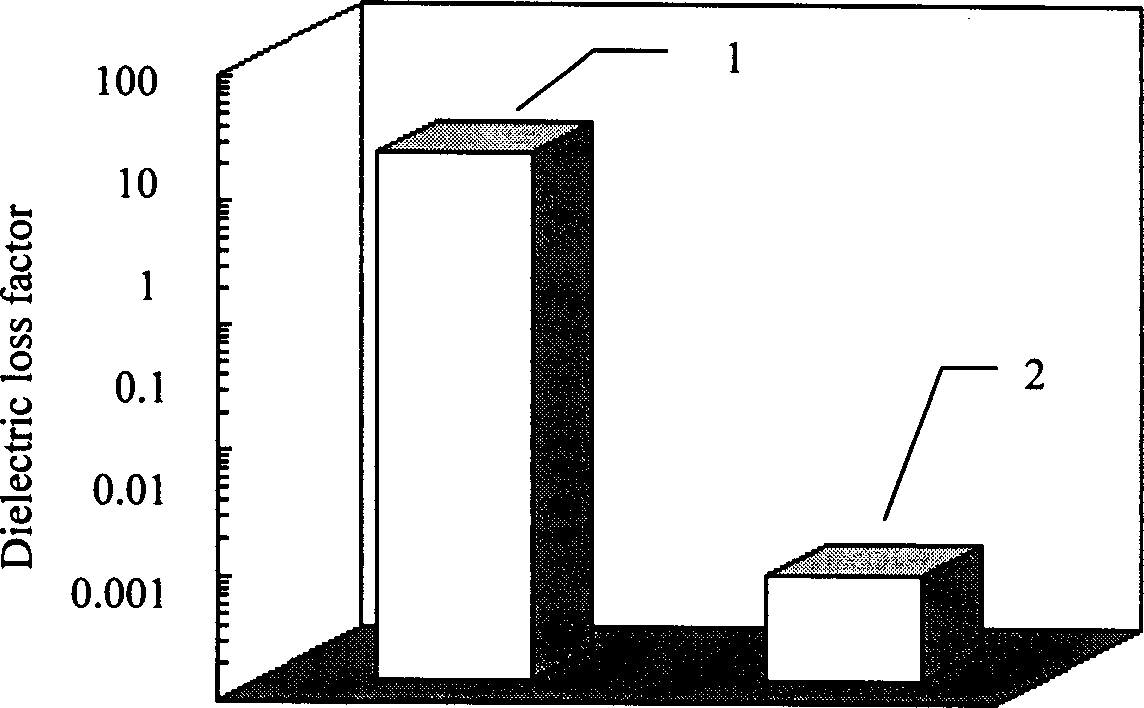Prep. of preparing fiber reinforced silica-base composite material
A fiber-reinforced, silica-based technology, applied in the coating process of metal materials, gaseous chemical plating, coating, etc., can solve the problem of low density and mechanical properties of composite materials, poor penetration, and inability to solve the opposite requirements of relative density And other issues
- Summary
- Abstract
- Description
- Claims
- Application Information
AI Technical Summary
Problems solved by technology
Method used
Image
Examples
Embodiment Construction
[0005] specific implementation
[0006] Nextel 720 fiber three-dimensional four-way braid was used as the preform, and its fiber volume fraction was about 50%. The preform was placed in a constant temperature zone in a chemical vapor infiltration furnace at a temperature of 600°C. The temperature of the precursor hexyl orthosilicate is 40°C, the Ar flow rate is 400ml / min, one group does not add oxygen, and the other group adds oxygen, and the flow rate is 5ml / min. After 300 hours of chemical vapor infiltration, the temperature of the hexyl orthosilicate was increased to 70°C for a further 50 hours. Test the dielectric loss factor of composite materials, see the test results figure 1 . figure 1 where 1 represents the dielectric loss factor of the sample prepared without adding oxygen, figure 1 The dielectric loss factor of the samples prepared by adding oxygen in 2. The dielectric loss factor is the product of the dielectric constant of the material and the tangent of the ...
PUM
| Property | Measurement | Unit |
|---|---|---|
| porosity | aaaaa | aaaaa |
Abstract
Description
Claims
Application Information
 Login to View More
Login to View More - R&D
- Intellectual Property
- Life Sciences
- Materials
- Tech Scout
- Unparalleled Data Quality
- Higher Quality Content
- 60% Fewer Hallucinations
Browse by: Latest US Patents, China's latest patents, Technical Efficacy Thesaurus, Application Domain, Technology Topic, Popular Technical Reports.
© 2025 PatSnap. All rights reserved.Legal|Privacy policy|Modern Slavery Act Transparency Statement|Sitemap|About US| Contact US: help@patsnap.com

